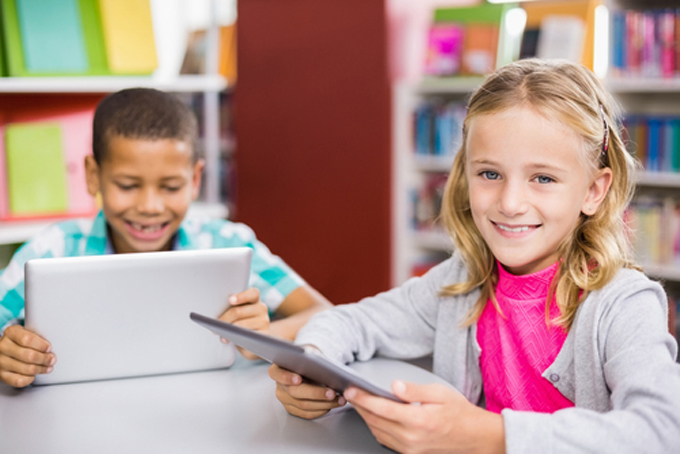
Recall fun adventures shared with a child. Did these moments occur while grocery shopping, fishing, building sandcastles, eating ice cream, baking cookies, swimming, visiting Disney, or discussing a book or new experience? Any one of these activities, along with many others, can be used to engage children in a visual storytelling activity. Following are step-by-step instructions and examples to inspire photo-writing adventures.
Steps to create writing adventures
- First, decide on a child-friendly, motivating adventure. While completing the adventure, ask the child what they are seeing, hearing, doing, and learning. Repeat, comment on, and ask probing questions about what the child is saying and experiencing. Add sophisticated language and vocabulary. For example, if the child says, “I like seeing the butterflies.” You repeat, “I like observing butterflies, too. I especially like how they flutter their wings back and forth. Tell me more about what you like observing.”
- Then, using an iPhone, iPad, or tablet, the child uses the device’s camera to take photos of what is being discussed, explored, and experienced. While reviewing photos with the child, restate comments associated with each photo.
- Next, import photos to a Microsoft Word document, Microsoft PowerPoint, or creative writing app such as Story Creator. When reviewing each photo, talk about what occurred, restate comments, vocabulary, and sophisticated language associated with each photo. Using the keyboard, type what is said. Assist younger children in locating and typing letters, words, sentences, or type what the child is saying. Stop after every few words or sentences and, with the child, reread what was typed, using the cursor to track what is being said. Edit as needed. Use colored font to highlight important vocabulary and give the adventure a creative title.
- Lastly, the child rereads summer adventures with others and shares them with family and friends using Gmail, Blogger, or Facebook.
How photo-writing adventures facilitate learning
Learning occurs through interest, doing, visuals, and repetition. When interested in a topic, we think more deeply about what we see, hear, and experience. When “doing” or participating in the process, we remember more clearly what was learned or experienced. Visuals stimulate recall of previous conversations, language, and vocabulary. Repetition in hearing and engaging in oral language supports reading and writing development while repetition in rereading written adventures strengthens phonics, fluency, vocabulary, and comprehension—all essential ingredients to successful reading and writing experiences.
Examples below should be personalized to a child’s interest and stage of reading and writing development. Follow or modify examples to create your own writing adventures.
Cook together
Involve a child in helping with each step of a recipe. During each step, stop and discuss what’s happening, why, and how. Engage the child in repeating what is being said, adding important terms and vocabulary. Take photos of each step of the process. When reviewing each photo, the child restates what happened, how, and why while you type text next to or below the photo. This experience reinforces sequencing skills. More cooking activities can be found here.
Discuss favorite books
After reading aloud a book, you both retell your favorite part, character, setting, create a new ending, or describe facts learned. Draw your retelling and take photos of the drawings. After importing photos, type your comments next to each photo. This activity strengthens comprehension skills.
Document a trip or vacation
Involve the child in taking photos of various points of interest. Engage the child in conversation about the photo. After importing, assist the child in adding labels, keywords, names of places, locations, date, time, special moments, or important facts. This activity reinforces purpose and importance of text features when reading informational text.
Visit a store
Stores offer endless opportunities to capture and categorize products depicting favorite colors, textures, shapes, or items representing letters of the alphabet. After importing, type the word associated with each photo to teach important vocabulary or alphabet letters.
Walk and talk
A walk around one’s neighborhood offers ample opportunities to explore, learn, and ask questions about the environment, birds, rocks, wild animals, marine animals, and plants. Plan a walk and select a topic of interest. Child then photographs and records observations of various points of interest. Discuss what was captured and why, supporting the development of inquiry and critical thinking skills.
Tammy Ryan has over 25 years of teaching experience. She is a former associate professor of reading education at Jacksonville University, where she taught undergraduate and graduate courses in reading. This article is part of a series from the International Literacy Association’s Technology in Literacy Education Special Interest Group (TILE-SIG).
This article is part of a series from the International Literacy Association Technology in Literacy Education Special Interest Group (TILE-SIG).